|
Sign up at https://tinyurl.com/Adam-Williamson-Workshop In line with its efforts to support arts programming in Abiquiu, Dar al Islam is hosting the world-renowned Adam Williamson’s sacred pattern educational retreat from September 5th to 9th, 2024. This is the second consecutive year that Adam Williamson will be offering its program at Dar al Islam. Adam, the author of Profound Patterns (2022), and a contributor of chapters to the best-selling Thames and Hudson book Arts and Crafts of the Islamic Land, is a leading specialist in geometric and biomorphic (Arabesque) pattern, a traditional cursive art form that can be found universally. The visual crystallization of movement, biomorphs express the archetypal cycles inherent in nature, from plant growth, sound vibrations and oceanic currents to the expansion of galaxies. Adam is currently working on an extensive manual on biomorphic pattern. In 2022 Adam also wrote a series articles for Aramco World Magazine exploring Pattern’s from around the world. Adam Williamson will be supported by renowned artists including John Martineau, Adam Tetlow, Aloria Weaver, David Heskin, Ricardo Hinojosa and Christopher Riederer. Local catering shall be provided by Kohinoor- Rehana Archuletta -, while enjoying local Sufi musical performance and campfire ceramic project. The event will take place in Dar al Islam’s stunning vaulted adobe complex built in 1980 by the famous Egyptian architect Hassan Fathy. Enrollment is open to all. The program consists of the following components: Introduction to Sacred and Ornamental PatternUsing the traditional tools of compass and straight edge we will a create a traditional geometric rosette and explore principles of tessellation. Within the decorative canon of Islamic art, there are two interrelated modes of pattern: geometric and biomorphic, also known as arabesque. Geometry provides the underlying structure over which biomorphic patterns grow. Biomorphic patterns are visual crystallizations of movement, abstract depictions of the vital, dynamic life-force of Nature, which every culture around our spherical globe expresses visually using the shapes and materials most intuitive to them. These shapes describe the cycles inherent in the natural world, from the microscopic to the macroscopic: protons and neutrons spinning around an atom; sound vibrations passing through air; the uncurling of leaves on a fern; the whorls of fingerprints; the growth rings in trees, the currents that swirl the oceans; and the expansion of galaxies. In classical sacred art, symmetry exemplifies perfection and unity as reflections of divine qualities. The act of drawing can thus be undertaken as a meditation upon this harmony in the multiple orders of Nature. Introduction to Sacred GeometryThe Joyous Cosmology; An Introduction to Sacred Geometry The transcendental geometric domain may be glimpsed through the creative act of contemplative practice, using only the ancient geometer’s tools. The manifest natural world we inhabit continually exhibits geometric tendencies, ever striving toward the perfection of the ideal while never quite arriving. A universal human impulse to commune with the higher realms has given rise to magnificent works of sacred art and architecture worldwide, in the form of geometric symbolism that permeates and enriches our biological existence, bringing cosmic proportion down to earth. This relationship between the ideal and the material provides a continual anchor for a meditative geometric practice that proceeds from a single inherent point of creation toward ever-increasing complexity. Through a developing series of functions using compass and straight edge, we will unfold a series of principles that are echoed in diverse examples of traditional sacred architecture. This session emphasizes the geometer’s state of mind as an instrumental element in the creation of our drawings. We’ll examine and recreate exemplars of timeless beauty, aiming to behold their mysteries and contained geometric metaphors, partaking of the eternal as it is conveyed through the temporal. Introduction to Paper Folding Patternsby Ricardo Hinojosa Paper folding brings out qualities of spatial texture to the forefront via the magic of interchanging states; valley and mountain, yin and yang, off and on. The characters of interaction dancing in an endless, yet comprehensive variety of ways exhibit how nature converges. Space is inherent with rich meaning and mathematical significance. To fold is to play a game with space, a game where space resolves itself invariably. Therein lay aspects relating the phenomena of space which can be used to favor our creative ambitions. If the material folds, it can follow the same principles as other folded materials. This is the bane and boon of the folding artist; figuring out how to project an idea on paper to ceramics, wood or metal, to name some common materials. Folding is a consultation of God´s solutions. Laws, axioms and theorems exist to describe the differences between what is possible and what can be thought up. Take Islamic Patterns for example; we can use folds on the page as a tool, a way to mechanize space and turn it into an augmented compass, straightedge, protractor and T-ruler all in one. Through this lens we can virtually construct most any pattern in the Islamic Geometric Pattern canon. This is the task I will take on in the workshop: to empower you with this vision so that you too can fold patterns of many kinds and realize how much these are effectively Sacred Geometry. The Harmony of Spheres Spheres by John Martineau Since antiquity philosophers have pondered the idea that the planets hid important harmonic and geometrical relationships. In this In this talk, international publisher and author John Martineau will explore the geometry and harmony of our own solar system, and that of some recently discovered exoplanetary systems too John Martineau is the publisher of the international award-winning Wooden Books pocket series. He is also the author of “A Little Book of Coincidence in the Solar System”. He is currently writing a larger book about the cosmological fine-tuning problem. Arabesque Patterns by Adam Williamson Biomorphic designs are structured around a spiral from which the motifs and leaves sprout. The curvilinear forms are created using a combination of straightedge, compass, and freehand drawing. The movement of nature inspires this unbroken spiral flow. There are no hard corners; the curves are sweeping and gentle. As the spiral advances, it radiates secondary spirals, which in turn radiate others, and soon the page is alive with movement. The spiral progresses from its source like a plant from a seed growing towards the light. This centrifugal movement reflects the progression of creation, moving toward infinity. Arabesque Patterns - |
Submit your ideas for local feature articles
Profiles Gardening Recipes Observations Birding Essays Hiking AuthorsYou! Archives
September 2025
Categories
All
|











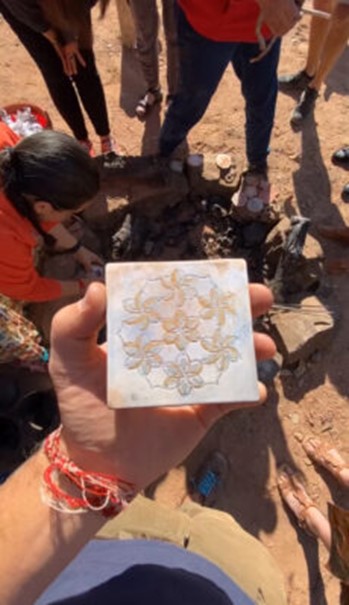

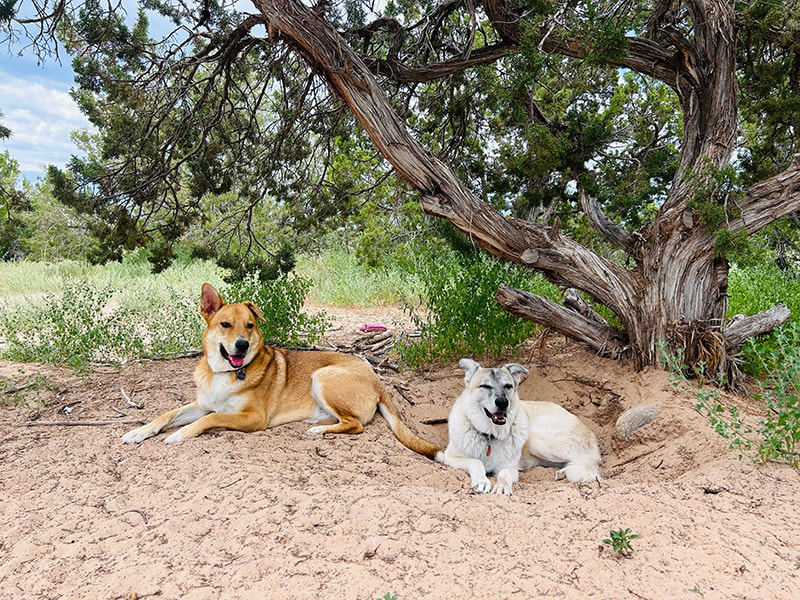

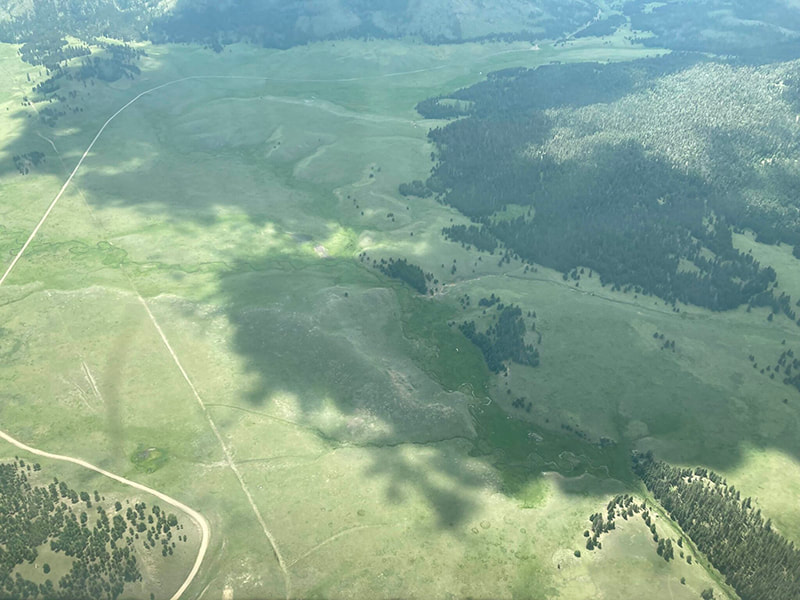
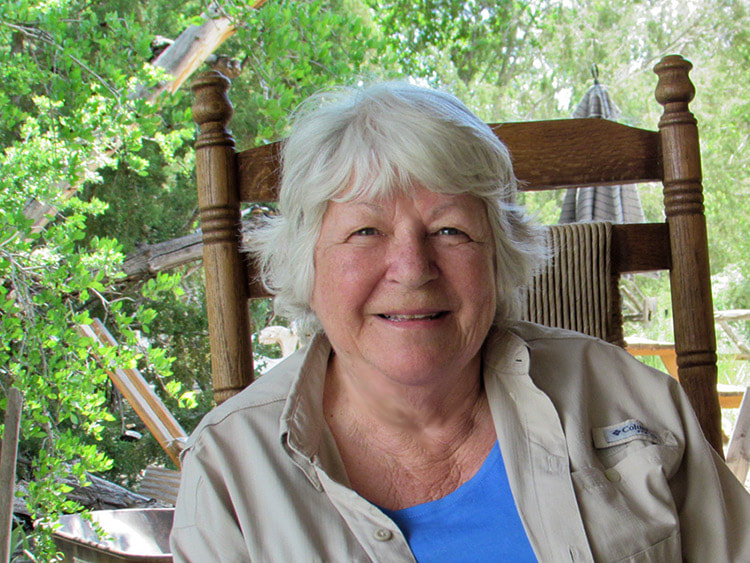
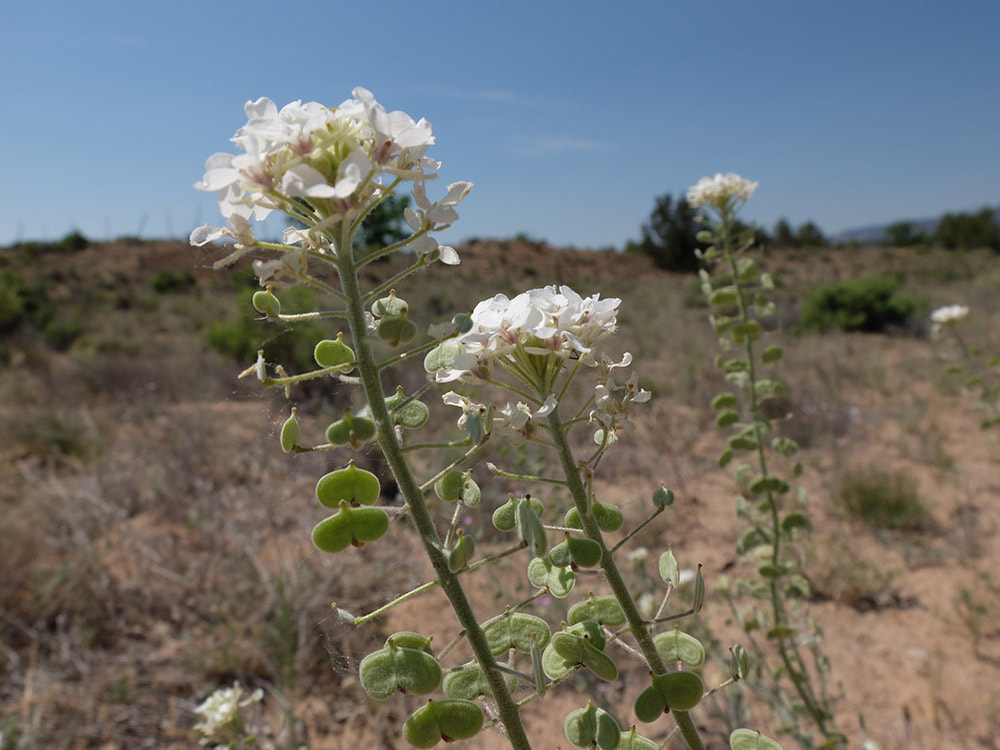
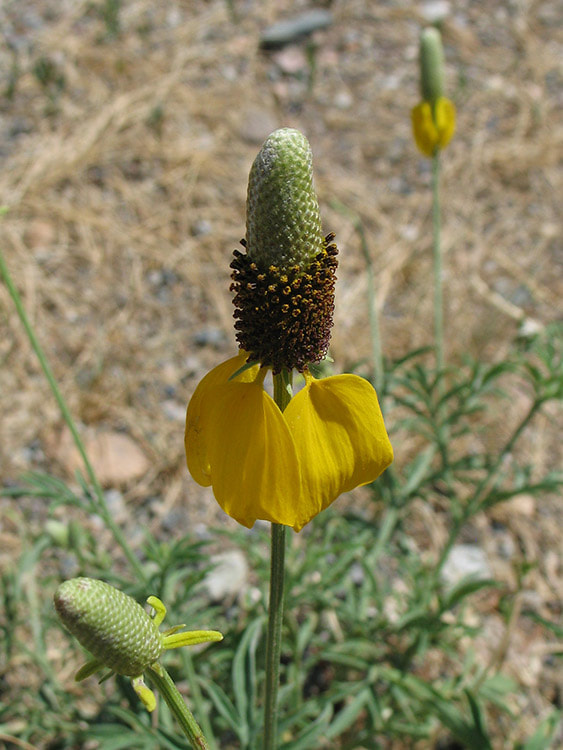

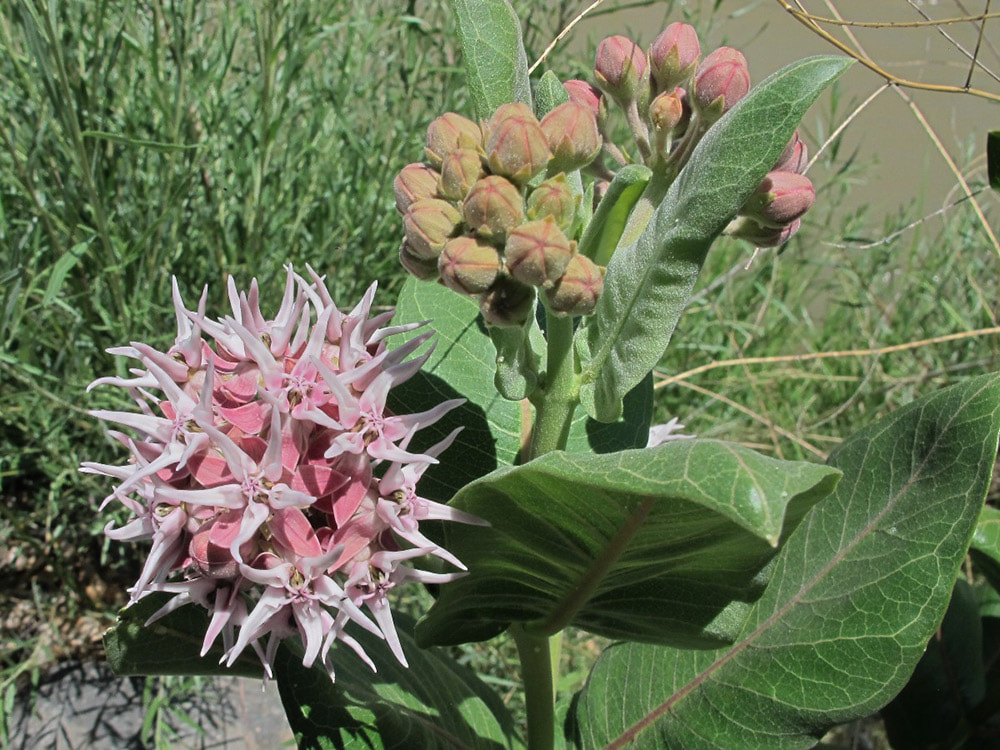
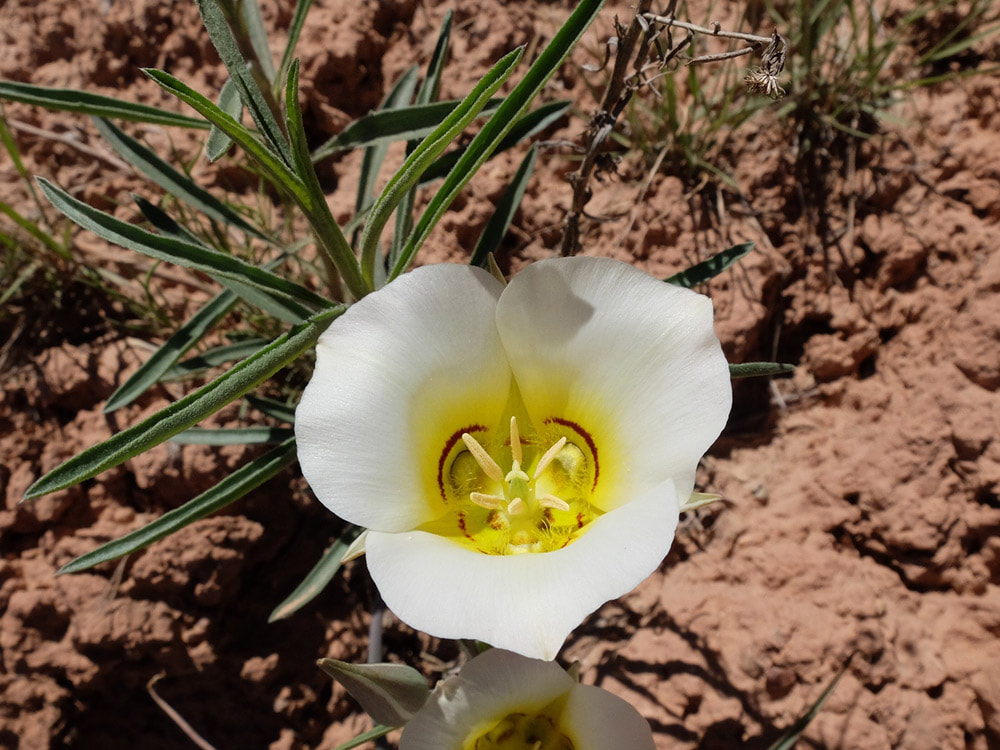
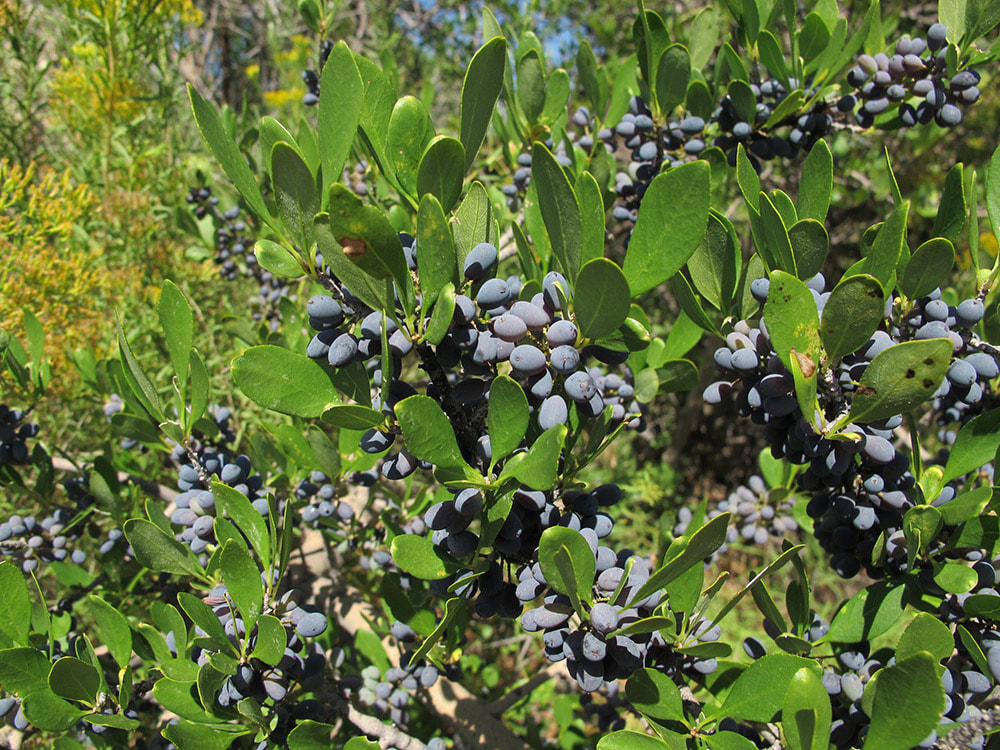
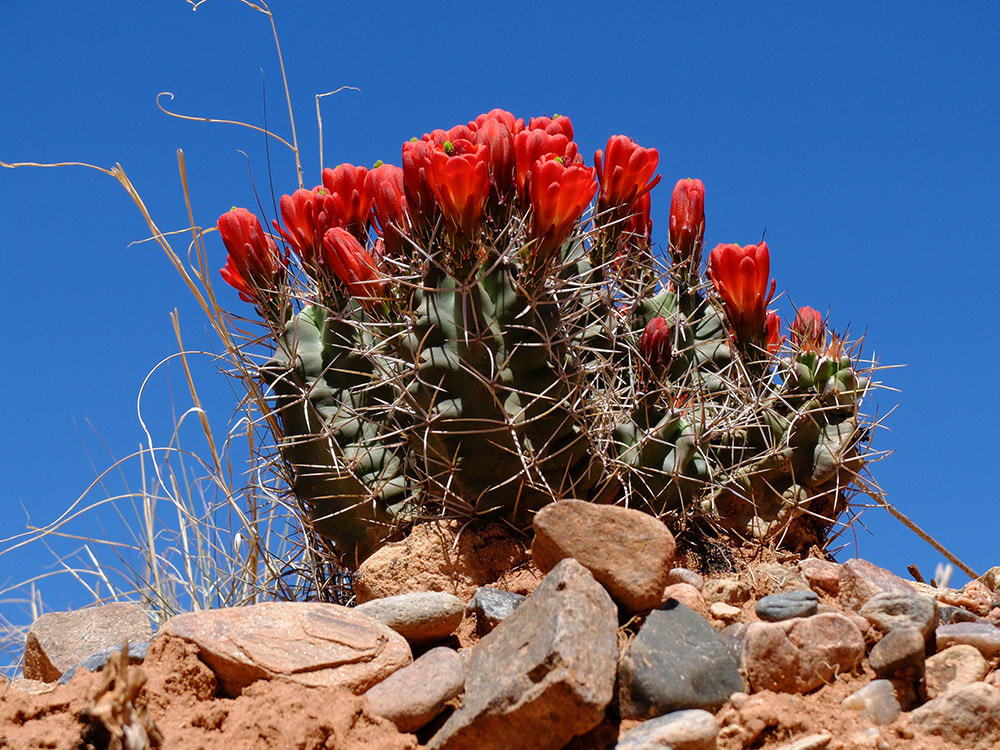
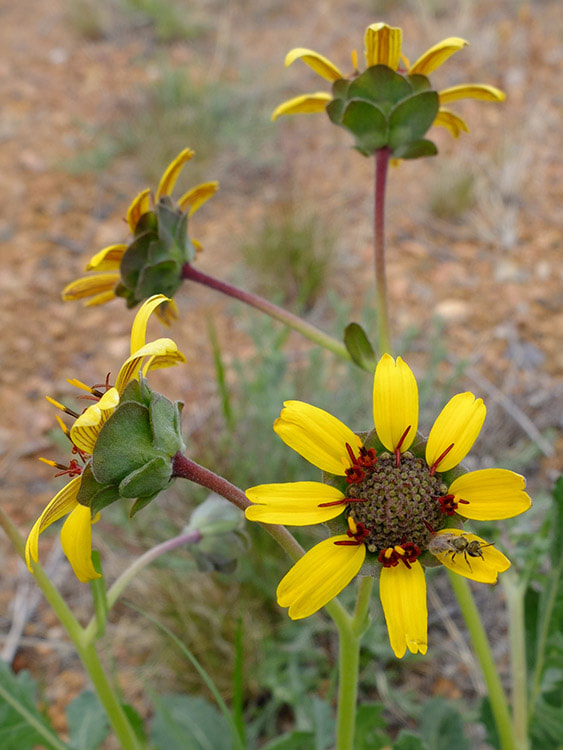
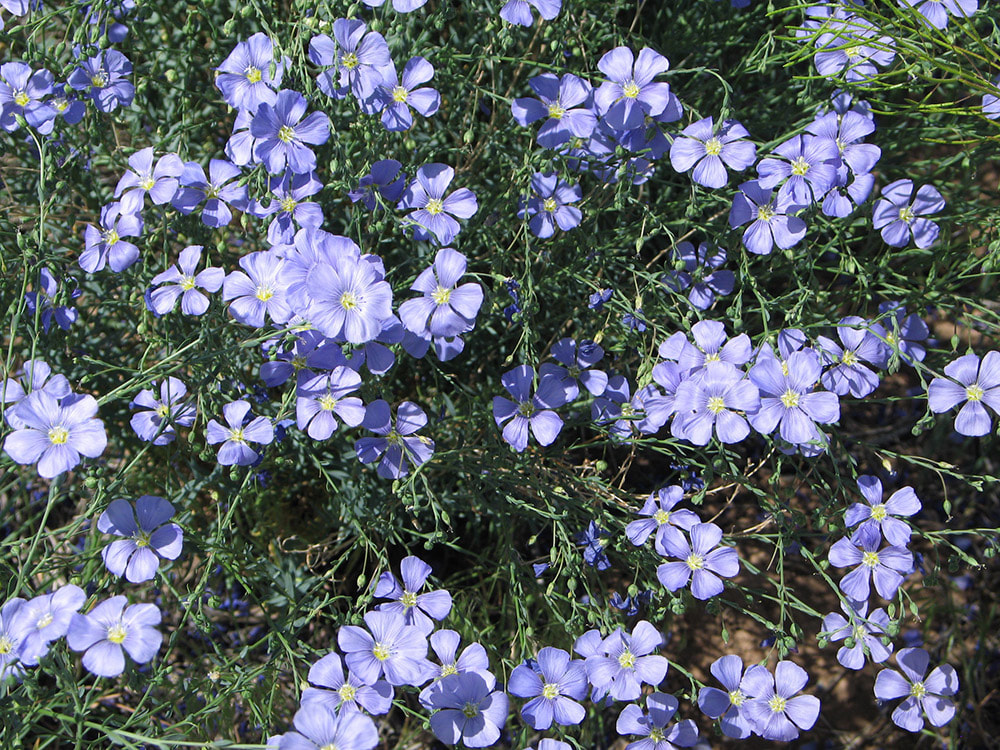
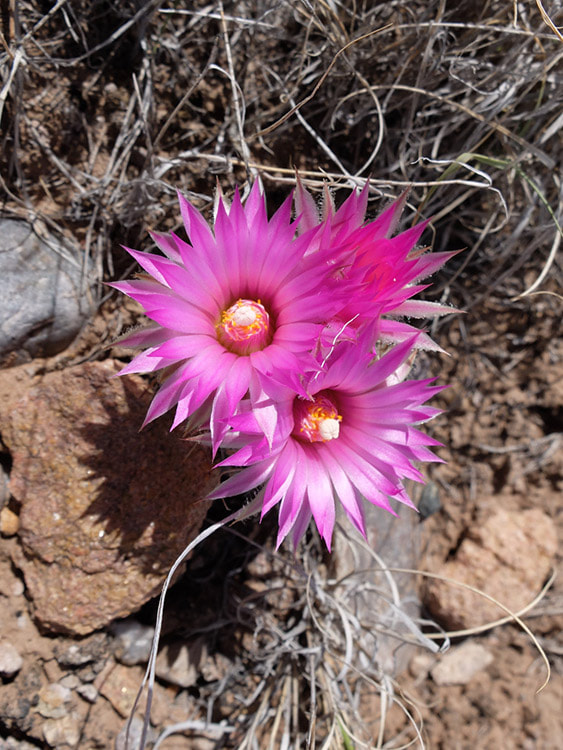
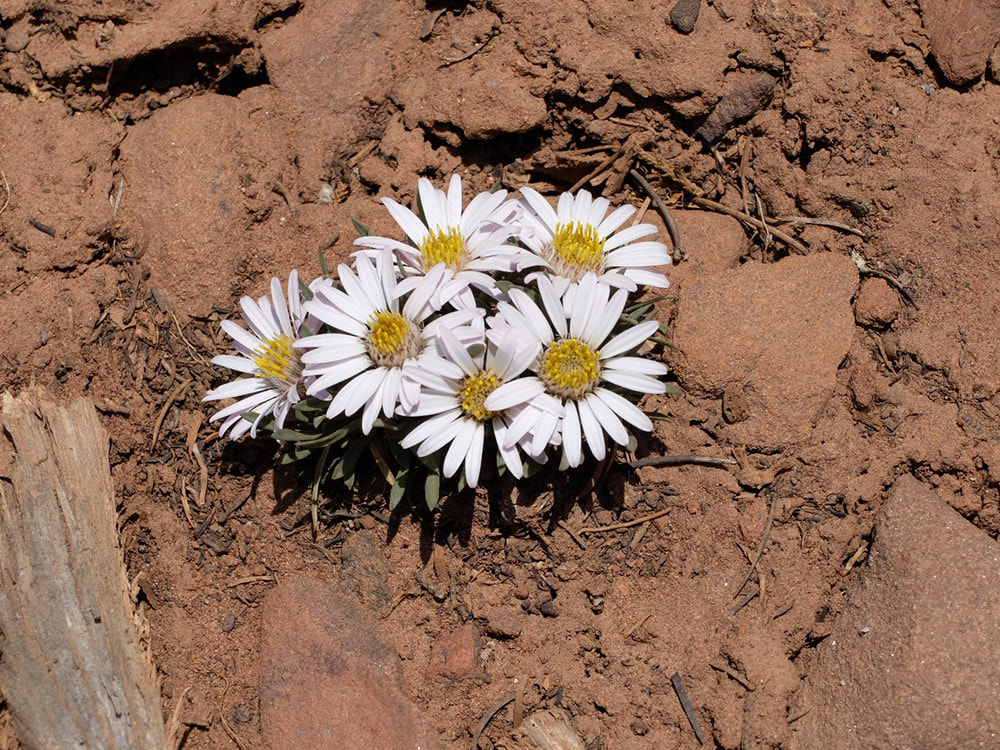


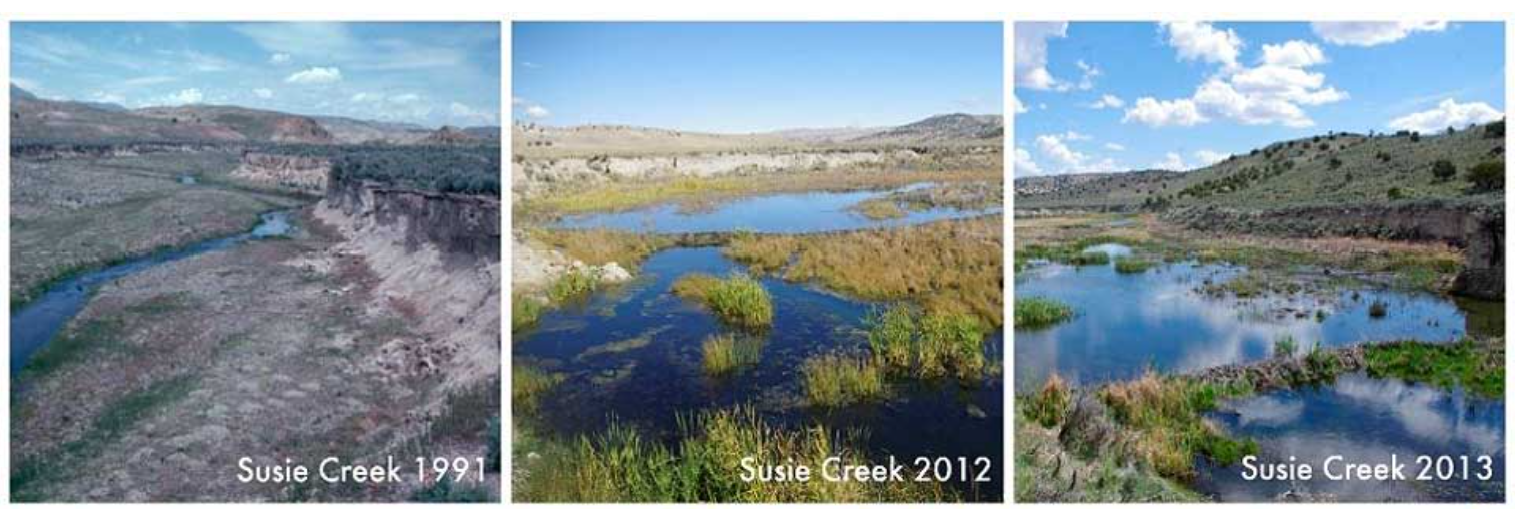
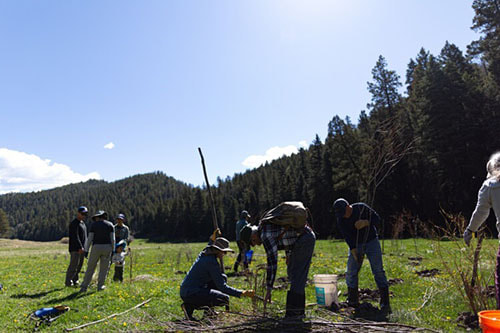
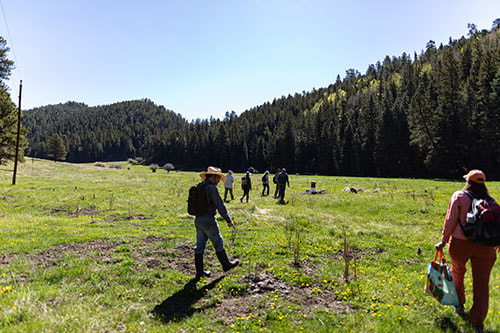
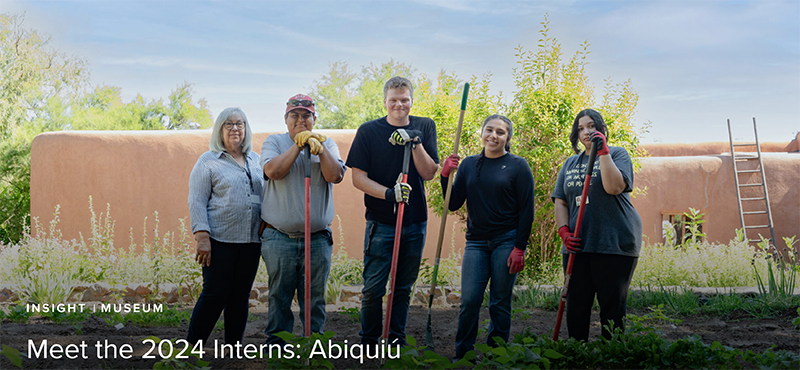





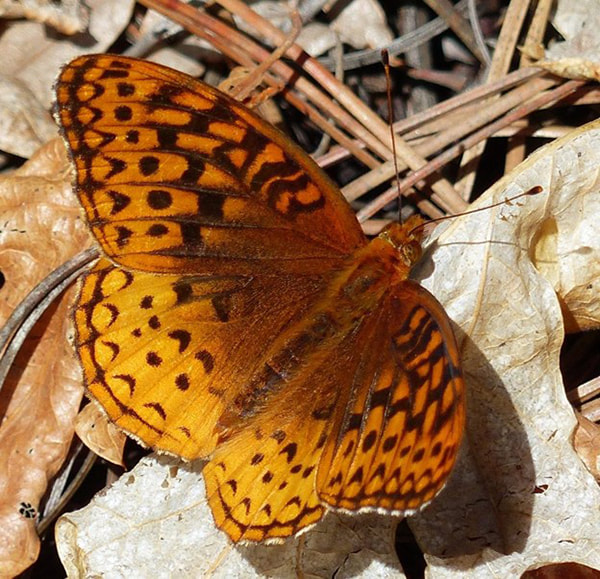
 RSS Feed
RSS Feed